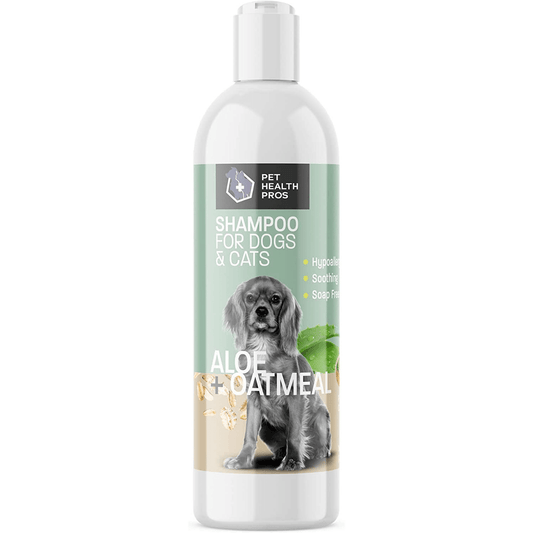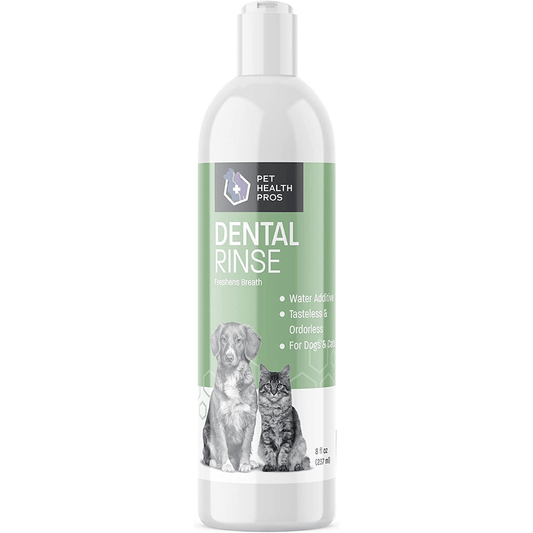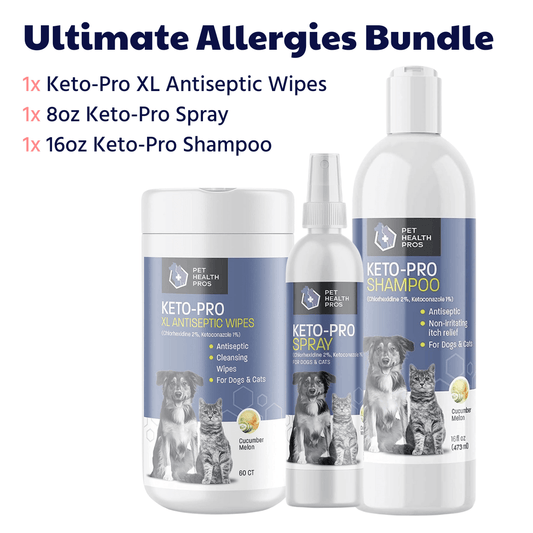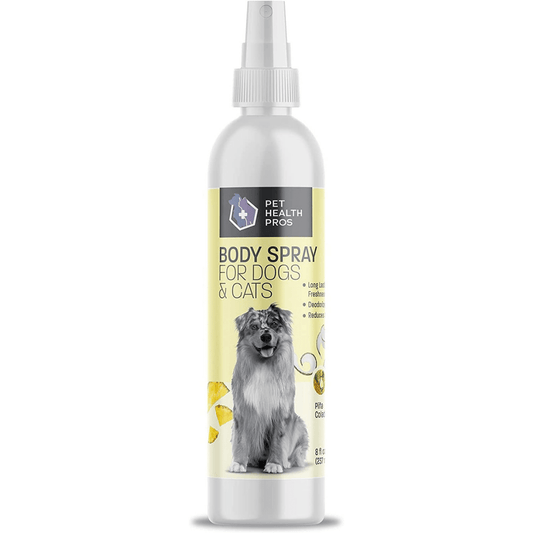Introduction
Having a pet can bring immense joy and companionship into our lives. However, for individuals with pet allergies, the presence of a beloved furry friend can also lead to discomfort and health issues. Pet allergies occur when the immune system overreacts to allergens present in an animal's dander, saliva, or urine. If you or a loved one is dealing with pet allergies, it's essential to learn effective strategies for managing and minimizing allergic reactions. This article will provide you with valuable insights and practical tips to help you manage pet allergies and still enjoy the company of your four-legged companions.
Table of Contents
- Understanding Pet Allergies
- What Causes Pet Allergies?
- Common Symptoms of Pet Allergies
- Diagnosing Pet Allergies
- Allergy Testing
- Consulting an Allergist
- Minimizing Allergens in Your Home
- Create Pet-Free Zones
- Regular Cleaning and Vacuuming
- Air Purifiers and HEPA Filters
- Wash Bedding and Upholstery Frequently
- Grooming and Hygiene Practices
- Bathing Your Pet
- Brushing and Grooming
- Managing Allergic Reactions
- Over-the-Counter Medications
- Prescription Medications
- Immunotherapy
- Creating a Healthy Living Environment
- Proper Ventilation
- Humidity Control
- Choosing Hypoallergenic Pet Breeds
- Seeking Professional Assistance
- Working with a Veterinarian
- Consulting a Pet Behaviorist
- Lifestyle Adjustments for Allergy Sufferers
- Regular Exercise and a Balanced Diet
- Stress Management Techniques
- Allergy-Friendly Home Decor and Furnishings
- Enjoying the Benefits of Pet Ownership
- Emotional Support Animals
- Alternative Pet Options for Allergy Sufferers
Understanding Pet Allergies
What Causes Pet Allergies?
Pet allergies are primarily caused by proteins found in an animal's dander (dead skin flakes), saliva, or urine. When these allergens come into contact with sensitive individuals, the immune system mistakenly identifies them as harmful substances and triggers an allergic response. The most common pet allergens come from cats, dogs, rodents, and even birds.
Common Symptoms of Pet Allergies
Allergic reactions to pets can manifest in various ways, including:
- Sneezing and nasal congestion
- Itchy or watery eyes
- Skin rashes or hives
- Coughing or wheezing
- Shortness of breath
- Runny or stuffy nose
- Itchy throat or ears
Diagnosing Pet Allergies
If you suspect that you or someone you know has pet allergies, it's crucial to consult a healthcare professional for an accurate diagnosis. They will likely perform one or more of the following tests to determine the specific allergen causing the reaction.
Allergy Testing
Allergy testing involves skin prick tests or blood tests to identify the specific allergens triggering the allergic response. Skin prick tests are the most common method and involve placing a small amount of the suspected allergen on the skin and monitoring for a reaction.
Consulting an Allergist
To receive comprehensive advice and guidance regarding pet allergies, it's advisable to consult an allergist. They are medical specialists trained in diagnosing and managing allergic conditions and can recommend appropriate treatment options.
Minimizing Allergens in Your Home
To create a more allergy-friendly environment, you can take several measures to reduce the presence of allergens in your home.
Create Pet-Free Zones
Designate specific areas in your home, such as bedrooms or living rooms, as pet-free zones. This helps minimize direct exposure to allergens and provides a refuge for allergy sufferers.
Regular Cleaning and Vacuuming
Frequent cleaning and vacuuming are essential in controlling pet allergens. Use a vacuum cleaner equipped with a HEPA filter to effectively capture pet dander and allergens from carpets, furniture, and curtains. Additionally, regularly dust and wipe down surfaces to remove any settled allergens.
Air Purifiers and HEPA Filters
Invest in an air purifier with a HEPA filter to continuously filter the air and remove pet allergens. Place the purifier in rooms where you and your pet spend the most time.
Wash Bedding and Upholstery Frequently
Wash your bedding, pet bedding, and upholstery regularly in hot water to eliminate allergens. This includes pillows, blankets, and cushion covers. Opt for allergen-proof covers for mattresses and pillows for added protection.
Grooming and Hygiene Practices
Maintaining good grooming and hygiene practices for your pet can significantly reduce the presence of allergens.
Bathing Your Pet
Regularly bathing your pet can help minimize allergens on their fur and skin. Use a hypoallergenic pet shampoo recommended by your veterinarian. It's essential to follow the bathing frequency suitable for your pet's breed and skin type to prevent excessive dryness.
Brushing and Grooming
Frequent brushing helps remove loose fur and dander from your pet's coat before it becomes airborne. Use a brush specifically designed for your pet's hair type. Consider grooming your pet outdoors or in a well-ventilated area to prevent allergens from spreading inside your home.
Conclusion
Managing pet allergies requires a proactive approach and a combination of strategies to reduce exposure to allergens. By following the guidelines outlined in this article, you can create a more allergy-friendly environment and continue to enjoy the companionship of your beloved pet. Remember to consult with healthcare professionals for personalized advice and explore treatment options that best suit your situation.
FAQs (Frequently Asked Questions)
-
Can pet allergies develop later in life?
- Yes, it is possible for pet allergies to develop at any age, even if you have previously had pets without experiencing allergic reactions. Allergies can manifest later due to changes in the immune system.
-
Are certain dog breeds hypoallergenic?
- While no dog breed is completely hypoallergenic, some breeds are known to produce fewer allergens and may be more suitable for individuals with allergies. Examples include poodles, bichon frises, and Portuguese water dogs.
-
Can I still have a pet if I'm allergic?
- Yes, it is possible to have a pet even if you are allergic. By implementing the tips mentioned in this article, managing your allergies becomes more manageable, allowing you to enjoy the companionship of a pet.
-
What medications are available for pet allergies?
- Over-the-counter antihistamines, nasal sprays, and decongestants can provide temporary relief from pet allergy symptoms. For more severe cases, allergists may prescribe stronger medications or immunotherapy.
-
Can regular cleaning eliminate pet allergens completely?
- While regular cleaning can significantly reduce the presence of pet allergens in your home, it may not completely eliminate them. Regular vacuuming, dusting, and washing can help remove allergens from surfaces and minimize their impact.









